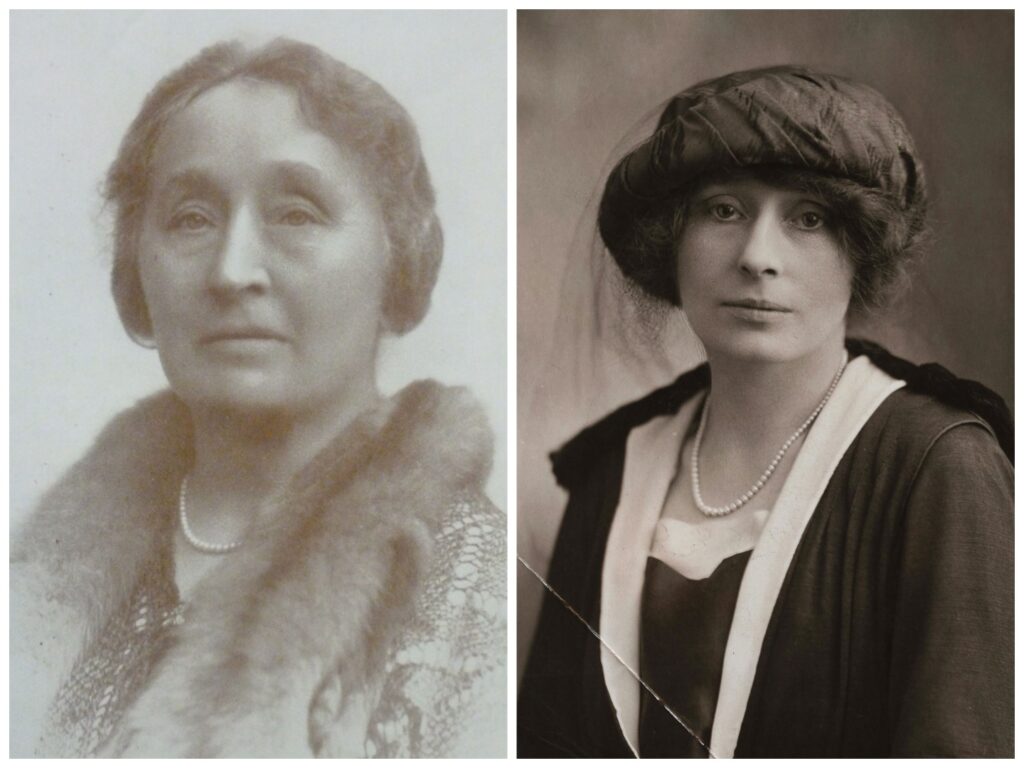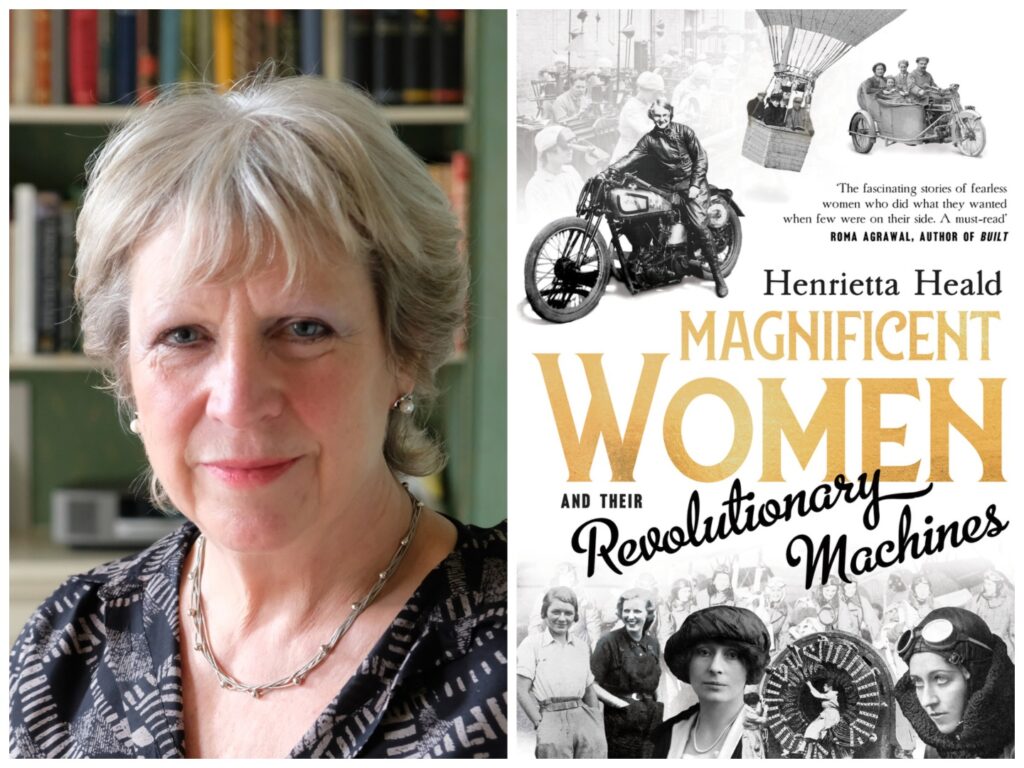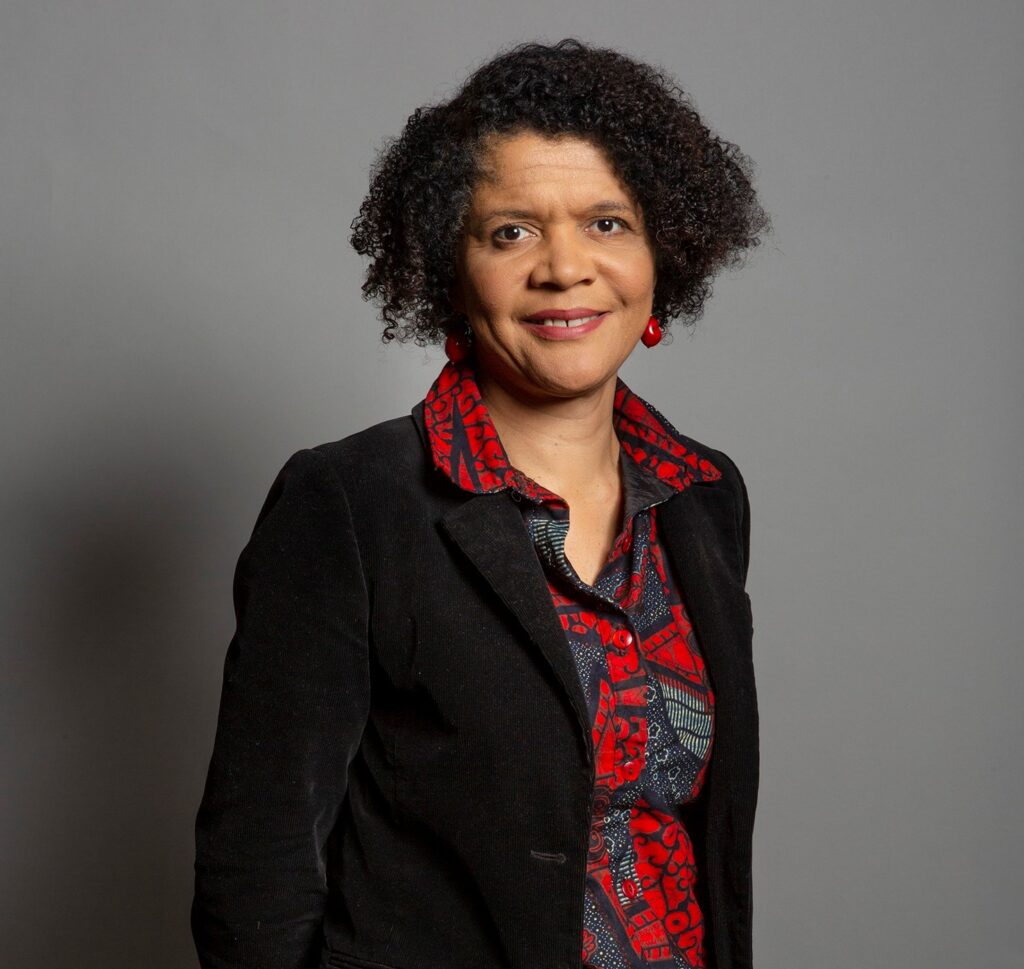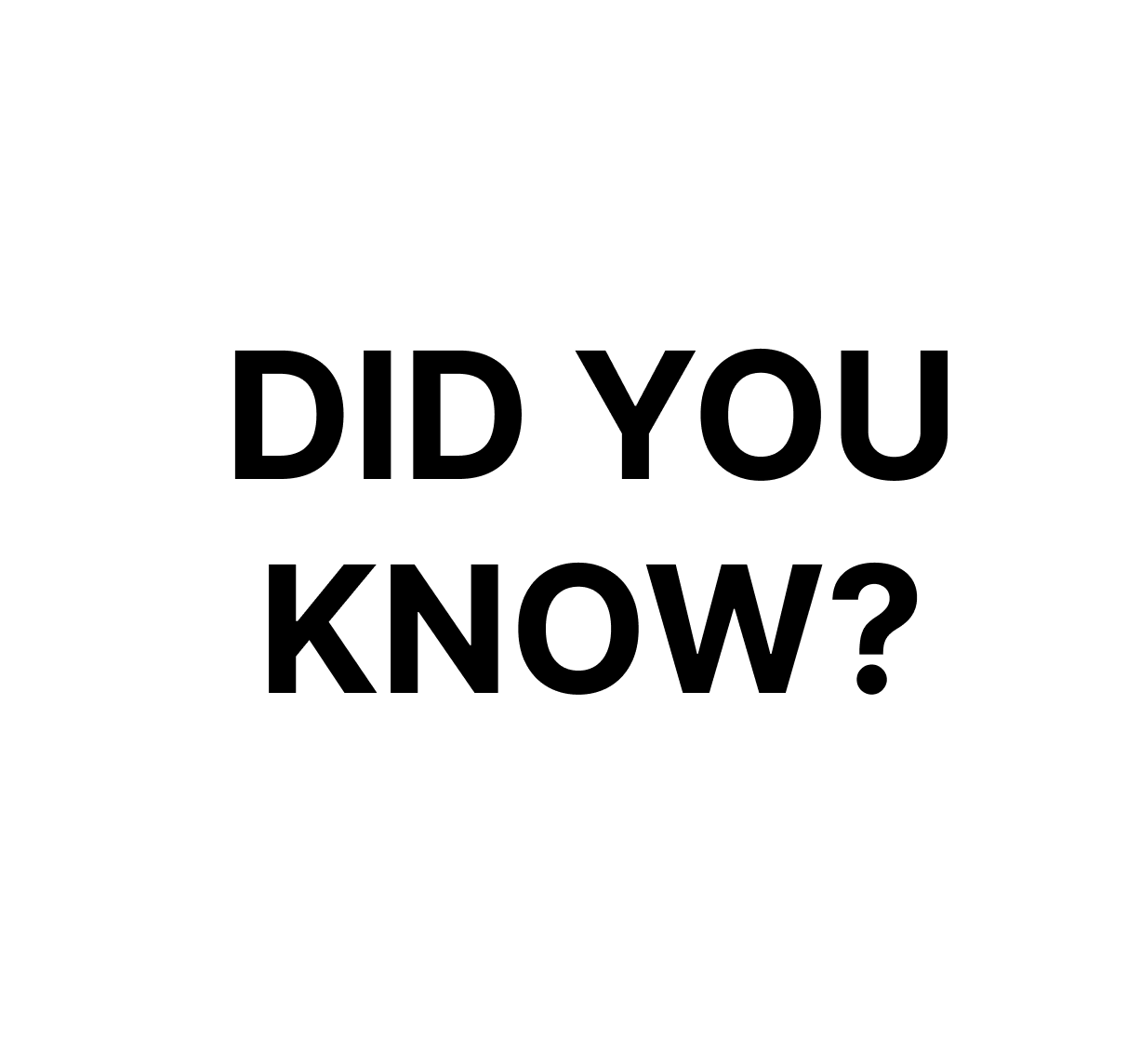
A century ago an organisation was founded which was charged with the task of sending a powerful message to Britain’s women.
Embrace the new electrical age and its gadgets — from cookers to vacuum cleaners — and free yourselves from domestic drudgery, was the call.
At a time when families were often large and the burden of cooking and cleaning was great, the Women’s Electrical Association was driven by a sense of mission.
It had been set up after a meeting convened in November 1924 at the home of Katharine Parsons, wife of the North East steam turbine inventor Sir Charles, who with her daughter Rachel had led in the formation of the Women’s Engineering Society (WES) in 1919.
Changing its name to the Electrical Association for Women, the body opened branches across the country, including Newcastle, with instructors to demonstrate how electricity — and its labour saving appliances — worked in the home.
The centenary of the association will be marked tomorrow (Mar 7) — on the eve of International Women’s Day — by a public event at the Common Room in Neville Hall in Newcastle.
It will also celebrate pioneering women in the field of engineering and aims to inspire more to take up the profession today and in the future.

Magnificent Women: Pioneering Engineers, Past and Present is an event in the series Electric Dreams, celebrating the society’s centenary.
Starting at 6pm, proceedings will be led by Durham University graduate Henrietta Heald, author of Magnificent Women and Their Revolutionary Machines, published by Unbound, which focuses on Katharine and her daughter Rachel Parsons, who was the founding president of the WES.
Henrietta will talk to Professor of the History of Science and Technology Graeme Gooday, the man behind the Electrifying Women project to raise awareness of women’s roles in engineering since the 19th century, and Laura Brown of Northern Powergrid, with a contribution from Newcastle MP Chi Onwurah.
The Electrical Handbook for Women was first published in 1934 and Prof Goodall, author of the book Domesticating Electricity, describes it as ‘an extraordinary and elegant work’.
“Nothing like this book had previously been published in Britain for technically-minded women. It was so popular that 33,000 copies were sold in its first year alone,” he said.

Laura Brown is a commercial manager at Northern Powergrid, the body in charge of the electricity network that powers everyday life for more than eight million people across 3.9 million homes and businesses in the North East
She works with generators and users of electricity to enable them to accelerate their delivery of Net Zero. With more than 30 years’ experience in energy engineering, in 2020 she was awarded a Top 50 Women in Engineering Award for her work in renewable energy and sustainability.
Chi Onwurah qualified as an electrical engineer at Imperial College and spent 20 years building digital networks all over the world, including the first mobile phone network in Nigeria. She has been MP for Newcastle Central since 2010 and is shadow minister for Science, Research and Innovation.
Henrietta also wrote William Armstrong, Magician of the North, the biography of the Newcastle-born engineer and inventor whose home at Cragside in Northumberland was the first in the world to be lit by hydro-electricity.
- Read more: Too fat, too northern, too female – Fat Chance
- Read more: Science fun and facts for all the family
She is chairperson of Jesmond Heritage, which seeks to restore the Banqueting Hall in Jesmond Dene. Arnstrong gave both the hall and the dene, which he owned, to the city of Newcastle.
“There is a huge tradition of electrical pioneering in the region,” said Henrietta.
“It all began in Newcastle. Modern electrical power supply was invented here, and by 1889 the city had the world’s first proper power stations. There is a huge tradition of electrical pioneering in the region.
“Joseph Swan demonstrated his miraculous lightbulb at Newcastle’s Lit & Phil, and as early as 1879 Mosley Street was the first street anywhere to be lit by electricity.
“Now, to mark International Women’s Day, we celebrate an array of extraordinary women who brought the electricity revolution into the home — and those who continue to work at the heart of the industry in the drive to Net Zero.”
During the event, the spotlight will also be shone on North East group Howay the Lasses! who will perform their songs about Rachel Parsons and also the Women’s Engineering Society.
Tickets for the event are £7.50 and available from The Common Room website.
“Women have won their political independence. Now is the time for them to achieve their economic freedom too.’
This was the rallying cry of the pioneers who, in 1919, created the Women’s Engineering Society, led by Katharine and Rachel Parsons, and Caroline Haslett, whose mission was to liberate women from domestic drudgery, it was the world’s first professional organisation dedicated to the campaign for women’s rights.
Caroline Haslett, secretary of the WES, was appointed as the first director of the Electrical Association for Women.
Henrietta said: “In the 1920s and 1930s, people were still getting used to the idea of electricity and there was a huge amount of suspicion about it. The aim was to educate women about the role of electricity in the home and to liberate them from domestic chores to allow them to go out into the world.”
Henrietta is the creator of the Parsonstown website, which is devoted to the Parsons family.
Rachel, who was the first president of the WES, was the first woman to read mechanical sciences at Cambridge University and became a director in her father’s Tyneside engineering business.
Her mother was the first female member of the North East Coast Institution of Engineers and Shipbuilders.
The Parsons family had homes in London and Newcastle, and also lived at Elvaston Hall in Ryton, and Holeyn Hall in Wylam, before buying the estate of Ray at Kirkwhelpington in Northumberland.

On 3rd February 1879 Newcastle’s Mosley Street became the first road in the world to be lit by electric lighting, showcasing the potential of Joseph Swan’s incandescent light bulb.










